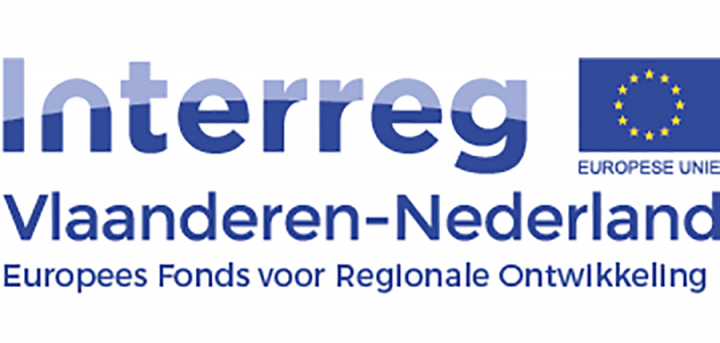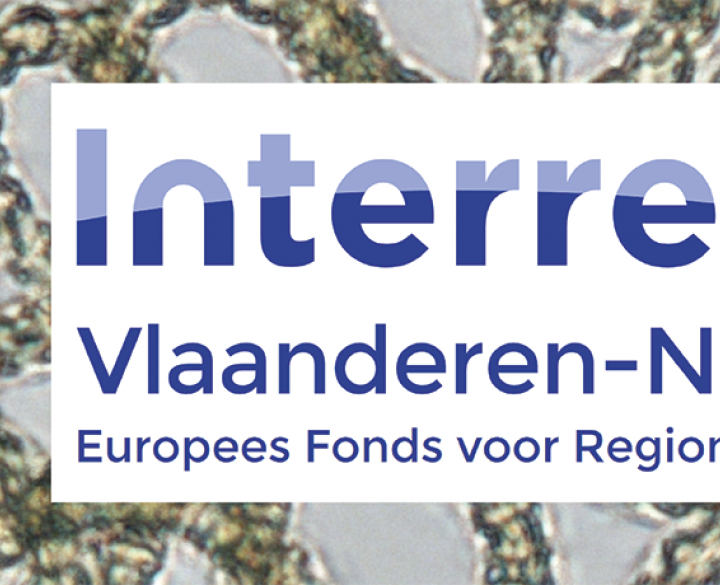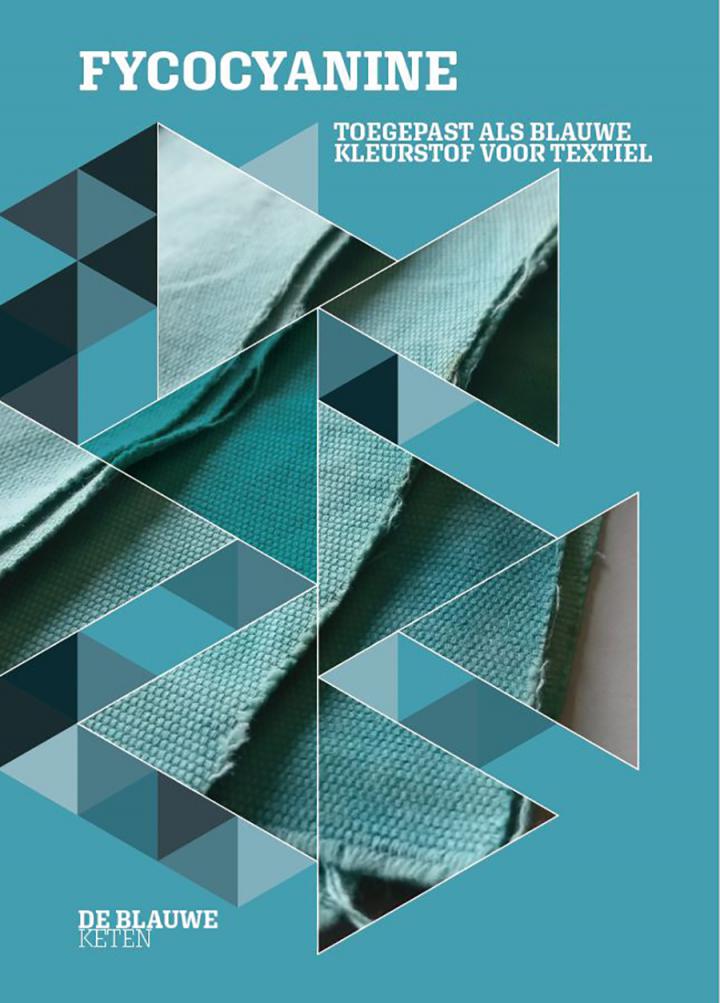In this Interreg project, supported by Interreg Vlaanderen Nederland and the Province of East-Flanders, we are investing the possibilities of Spirulina - a main source of phycocyanine (blue dye) - to replace its artificial counterpart, Brilliant Blue (E133) that is linked to hyperactivity and other health risks.
Slotevent
At the closing event on 30 november 2018 the research results have been presented.
Greenhouse cultivation in Flanders and Holland is jeapordised by increasing costs and global competition. The authorities of both regions therefore support the transition and modernisation of this sector. One route is to enrich the existing offer by means of the commercial cultivation of microalgae for applications in food and textiles, construction, pharmacy and cosmetics.
Spirulina is a main source of phycocyanine (blue dye) and can be a genuine replacement of its artificial counterpart, Brilliant Blue (E133) that is linked to hyperactivity and other health risks.
At present, most microalgae are imported from Asia or the United States. The cultiviation in Flanders and Holland must therefore distinguish itself by its high quality. Moreover, the logistic process from cultivation to processing must be economically interesting to guarantee a sufficient number of buyers. Greenhouses are very adequate and in the region there are enough people with the necessary technical knowledge who, with some training, will be able to assure a qualitative and efficient cultivation of these microalgae. An important assess is the cultivation of "duckweed" on wastewater by which it also purifies the water.
The Blue Chain may launch a new largescale secto. It the cultiviation proves viable, there is room for several tenths of hectares of algae cultivation in greenhouses or in container fields, making the Flemish-Dutch border region a valuable player on a global scale.

Why does Centexbel collaborate in this project?
Spirulina offers interesting economic prospects. The extracts of spirulina have several excellent properties as nutrition additives, as a cosmetic ingredient and even for medical applications. Moreover, the blue dye that it produces is one of the few blue pigments that we can extract rather purely from nature. The bright blue pigment is therefore attractive to be used in the textile industry.
Centexbel will look for possible ways to use phycocyanine (the blue Spirulina pigment) to dye natural fibres (cotton, linen, wool). Phycocyanine is indeed a natural product with which a 100% bio-based product can be made. In this project, we encourage the industry to verify the value of phycocyanine in their company.
In a first phase we will define a good protocol for textile dyeing. Then we will assess the properties of the dyed textile and look how to arrive at a stable dyed product. Finally, in view of its economic feasibility we will examine, together with our partners, whether it is necessary to completely purify the pigment to obtain a good dyeing and how we can process efficiently the microalgae cultivated in local hroticultural enterprises in biological dyes.
Coordinator:
Provinciaal Proefcentrum voor de Groenteteelt Oost-Vlaanderen
Project partners:
- Inagro (Innovatief en duurzaam Agrarisch Ondernemen)
- POM Oost-Vlaanderen
- Centexbel
- Millvision B.V.
- StapperDuurzaamAdvies
- BOM Business Development & Foreign Investments B.V.
- Katholieke Universiteit Leuven
- Stichting Avans
- Agropolis
- Universiteit Gent
Brecht Demedts legt het principe van fycocyanine als kleurstof en het verven van textiel met algen uit in twee Sway voorstellingen





